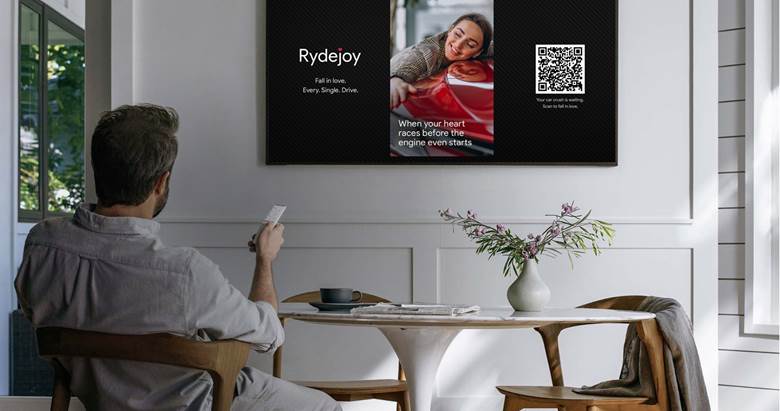Protecting our facilities
The tragic events in New York and Washington, DC, on the morning of Sept. 11, 2001, signaled a movement of terrorism to the United States that will change our lives forever. What was once a piece of Tom Clancy fiction has become a brutal reality, and draws our attention anew to questions of security. Now that it has been demonstrated that it can indeed happen here, we all have a responsibility to examine our respective broadcast systems to ensure that it doesn't.
I have been in many, many central control rooms in broadcast stations around the world. Access is generally easy, even in those countries where armed guards — sometimes even a tank — are outside the front door. You just hand in your passport at the reception desk, take a pass and you're on your way. Easy, no escort required. Provided you know where you are going, you could take over control of that station's output within minutes. I was in those places legitimately, of course, but I never remember being asked by the working technicians who I was, or what was the nature of my business.
What should broadcasters do? The goal of a coup or terrorist act is to induce fear in the rest of the population, and the broadcast media is the strongest and most efficient means of doing that. When you want to take over a country, you storm the presidential palace, keep the troops not friendly to you in barracks, and take over the radio and TV stations. Consider Orson Welles' famous “War of the Worlds” broadcast in 1938. In that piece of radio drama, aliens ostensibly arrived on Earth. The broadcast caused panic because people believed what they heard. Could an even more convincing (and false) story be easily made with today's video technology?
Couldn't happen, you say? In the 1960s I was involved in a threat check in London to evaluate whether anyone could ever take over the BBC's television output. We identified 17 locations with simple access where someone who knew what they were doing could simply plug in a video and audio signal and be on the air nationwide. All those access points were away from normal personnel activity, so that the intrusion could possibly last for an hour or more before it could be located. The compromising points we found were all blocked or additionally protected, but we probably missed others.
How vulnerable is your station? With reasonable front desk security and locked back doors (many are propped open for the smoker on shift), it should be straightforward to avoid the direct injection in a control room; but how easy is it to get to your STL? I could take you to stations where a ladder could access the STL directly and where you could probably connect a battery-powered VTR and escape within minutes.
We need to do our best to protect the broadcast media from being used illegitimately by anyone. Engineers have little spare time, I know, but set up a small task force to look at your own operation to see what you can do to protect your signal from being hijacked. Use your remote control equipment not only to detect signal and transmitter problems, but also to detect entry or tamper alarms at your STL and transmitter sites. Set up a routine to alert the authorities if those alarms are triggered. Also, talk to the cable companies that handle your feed — how secure are their headends? Finally, be sure your staff is trained in whatever practices are best for your facility. Merely putting a procedure in some manual won't work. Practice it regularly.
Let's make sure that the broadcasting industry is never used as a blunt instrument in this era of home-ground terrorism that we have entered. We all want the scenarios above to stay where they firmly belong…in the realm of fiction.
The professional video industry's #1 source for news, trends and product and tech information. Sign up below.
Paul McGoldrick is a freelance industry consultant based on the West Coast.
Send questions and comments to: paul_mcgoldrick@intertec.com
